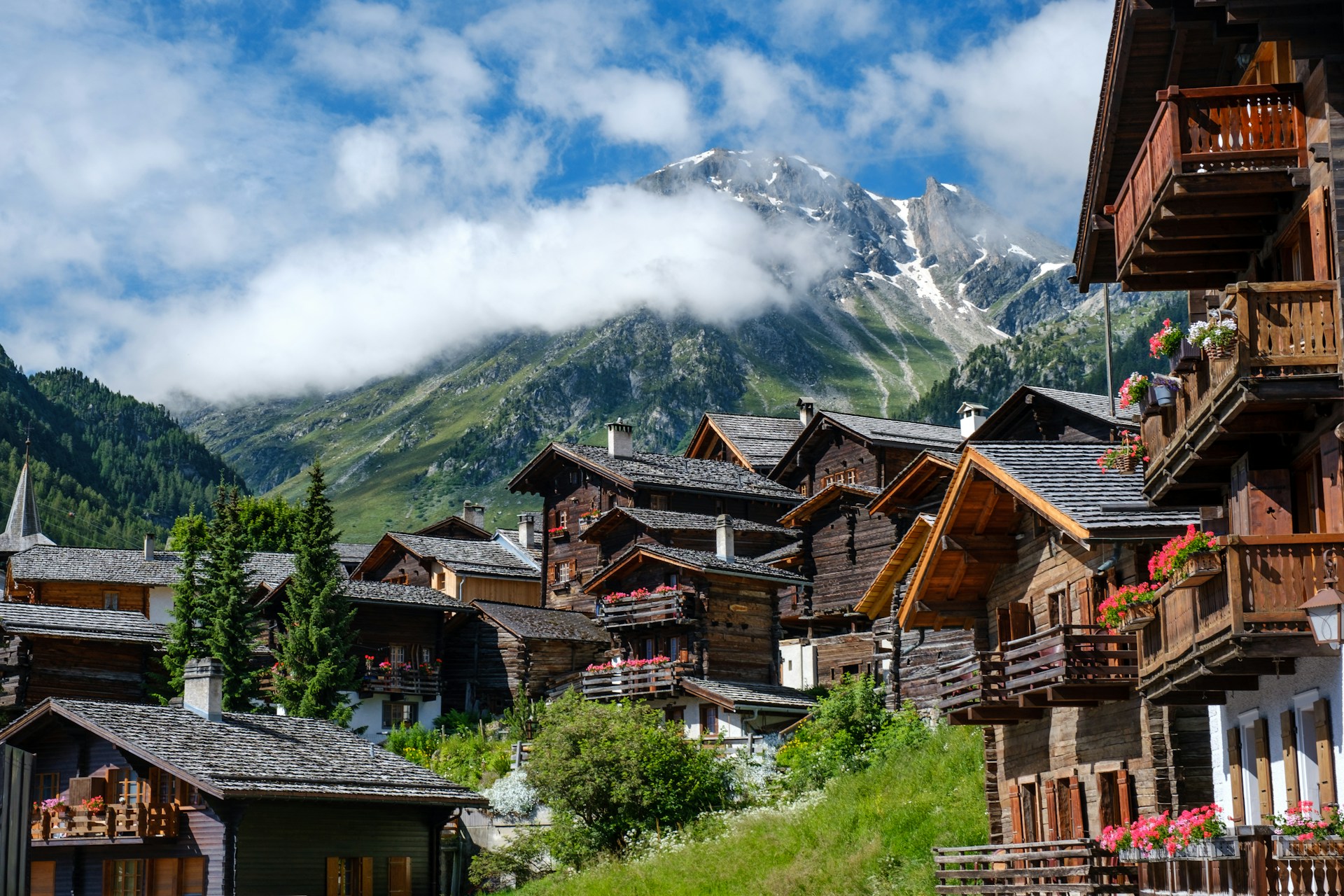Aut viam, inveniam, aut faciam

Switzerland Travel Guide
Best time to visit
The best time to visit Switzerland depends on personal preferences and desired activities. For outdoor enthusiasts and nature lovers, the late spring to early autumn months, from May to September, offer mild temperatures, blooming flowers, and longer daylight hours, making it ideal for hiking, cycling, and exploring Switzerland's scenic landscapes. June, July, and August are popular months for outdoor activities, with warmer temperatures and opportunities for water sports on Switzerland's lakes and rivers. Autumn, particularly September and October, brings beautiful foliage and harvest festivals, offering opportunities to sample local cuisine and experience Swiss culture. Winter, from December to February, is ideal for skiing, snowboarding, and other winter sports in Switzerland's world-renowned ski resorts, with opportunities for après-ski activities and festive events. Additionally, Switzerland's cities, including Zurich, Geneva, and Lucerne, are vibrant year-round, offering cultural attractions, shopping, and dining experiences regardless of the season.


What to expect
Language: The official languages of Switzerland are German, French, Italian, and Romansh. The language spoken varies depending on the region, with German being the most widely spoken in the central and eastern parts, French in the western part, Italian in the southern part, and Romansh in some areas of the canton of Graubünden.
Currency: The official currency of Switzerland is the Swiss Franc (CHF).
Safety: Switzerland is considered one of the safest countries in the world. Crime rates are very low, and violent crime is rare. The country has a strong police presence and a well-functioning legal system, contributing to its overall safety. However, as with any destination, tourists should still exercise standard precautions to safeguard their belongings and be aware of their surroundings, especially in crowded tourist areas and public transportation.
Cuisine: Swiss cuisine is influenced by its diverse cultural heritage, with influences from neighboring countries such as Germany, France, and Italy. Traditional Swiss dishes often feature cheese, potatoes, and dairy products, reflecting the country's alpine landscape and agricultural traditions. Fondue and raclette are iconic Swiss dishes made with melted cheese and served with bread, potatoes, and pickles. Rösti, a Swiss potato dish similar to hash browns, is also popular, often served as a side dish or topped with cheese and bacon. Switzerland is also known for its chocolate, with Swiss chocolate brands like Lindt and Toblerone being famous worldwide. Additionally, Swiss cuisine includes specialties such as Zürcher Geschnetzeltes (sliced veal in a creamy mushroom sauce), Berner Platte (a meat platter with sausages, bacon, and sauerkraut), and Swiss-style muesli (a breakfast cereal made with oats, nuts, and dried fruits).


